Following recent press reports informing us the cave beneath Miletus’ theatre was now open to the public, I and two companions decided to journey along to the Meandros River delta to locate and explore this mysterious natural fissure, writes Glenn Maffia.
Into the Underworld
The three of us have visited Miletus on numerous occasions but never heard even a whisper of a sacred cave. Therefore, we were hugely intrigued.
The entrance to this long-concealed location by natural vegetation is to be found within the west section of the main façade of the theatre (or to one’s left when looking from today’s car park).
A newly positioned information board stands prominently, and very informatively, in front of the cave entrance, which consists of a descending stairwell of eight rock hewn steps. It would be advisable for any visitor to bring along a torch as the descent soon plunges one into the darkness of an adjoining passage off to the left.
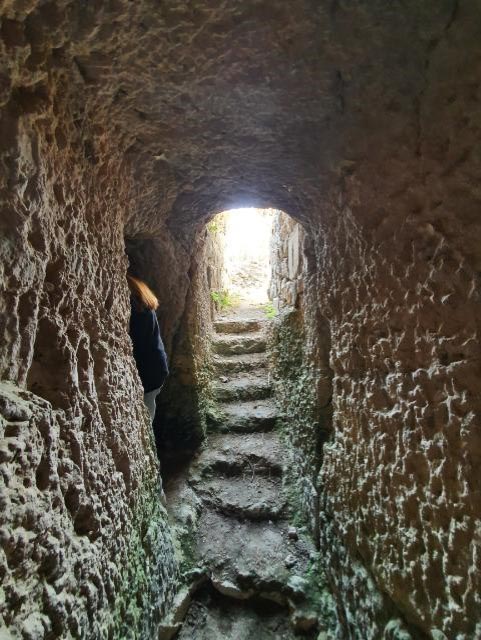
Cave entry
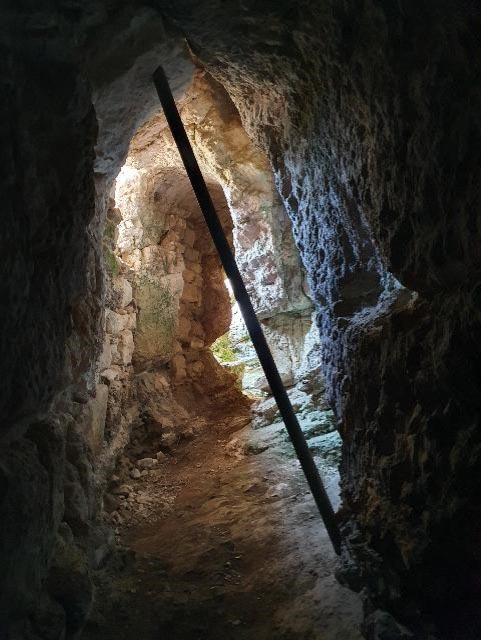
The visitor shall then once again be bathed in light as shafts stream through from a window and another doorway, though I suspect these to be rather recent, illuminating most of the central aspect of the cave.
Stygian abyss
The ambience oozes a dank and gloomy Stygian abyss. A green slime of moss and algae clings to the walls and ceiling of the cave permeating a feeling of otherworldliness that conjures a feeling of foreboding. And may it well do so if the archaeological finds of severed fingers are any indication. It appears these gruesome objects of veneration were a manifestation of the god Asclepius, god of medicine and healing.
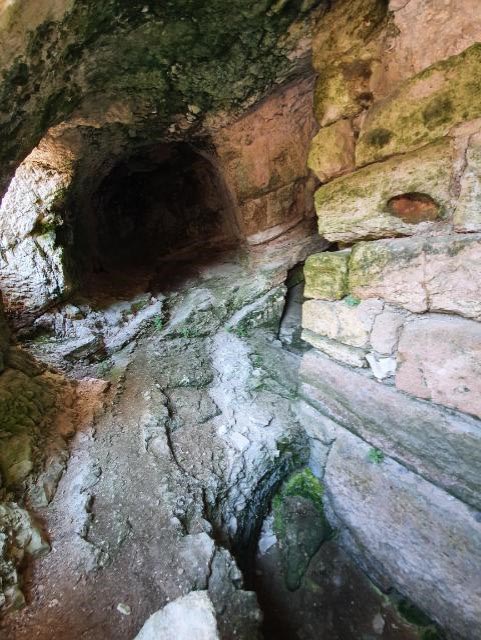
The vaulted ceiling of the cave and some bricks at the doorway into the entrance passage indicate a Roman origin, which is in keeping with the rest of the theatre we see today.
In the main chamber a substantial and solid main pillar hewn out of the living rock and clad in finely worked masonry on each of its sides supports the ceiling. In front of this pillar on the window-lighted side is a hollow basin cut into the bedrock in which to collect the water which spills forth from the surrounding rocks. I shall be interested in discovering how much water collects during the rainy season.
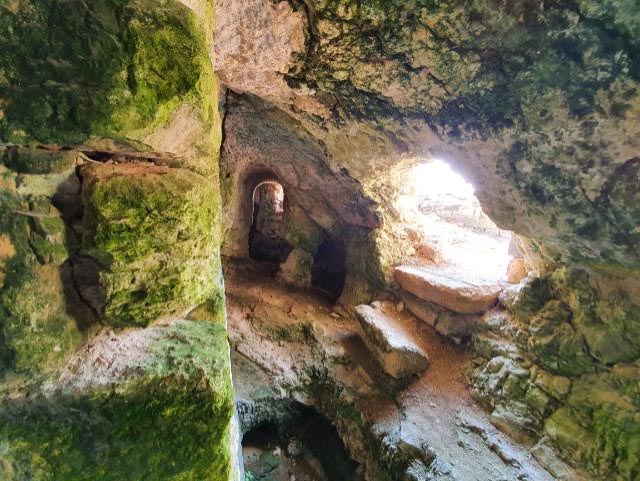
Due to the water gushing forth within this sacred cave it could be also referred to as an Ayazma, a holy well or spring. These are mostly ascribed as belonging to the cult of the ‘nymphai’, though certain archaeological finds, most notably a fragment of a black marble sceptre with a coiled snake’s body around it suggest the god Asclepius.
Cut into the walls, furthest from the light sources, are three pilasters that reveal that this cave was well adorned with representations of sumptuous architecture. It therefore must have held some high status, such as one would expect that the God of Medicine would command.
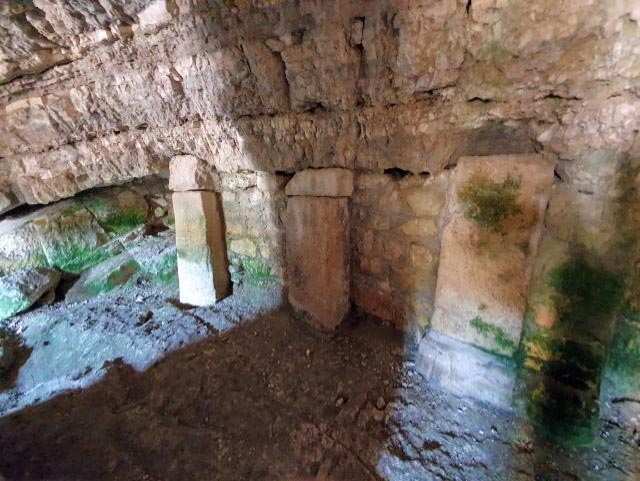
Though this sacred cave has evidently been long known, I had heard nothing about it whatsoever. It was, therefore, with excitement and expectation that I visited and I was not disappointed in the slightest.
From Miletus we journeyed a little further along the solitary road crossing the Meander plain to Priene. There we were hoping to view the recently excavated Christian church but were informed that it is off-limits to the public at this moment. That was a little deflating, but we probably had had enough excitement for one day and it is always pleasant to know there are more things to re-discover in the future.
